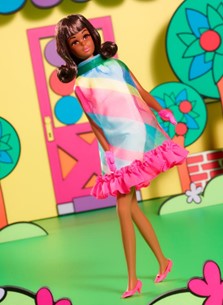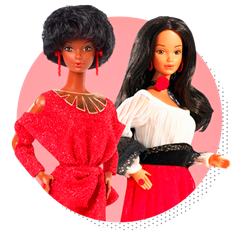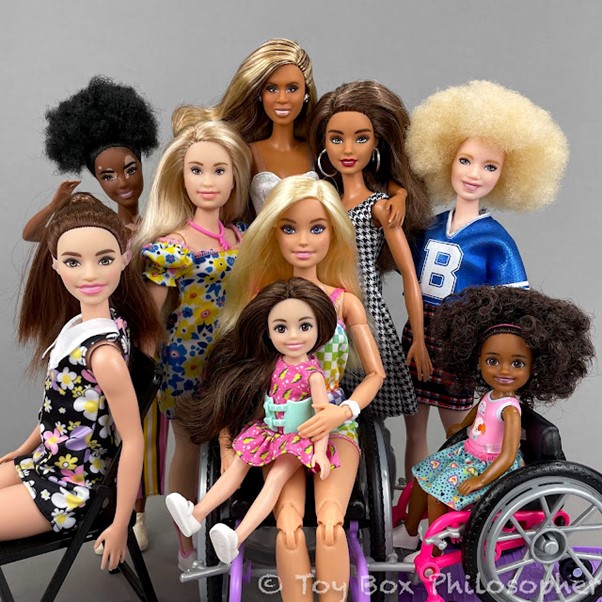
The Barbie line has undergone significant transformations over the years to meet the needs of the evolving cultural and societal demands for diversity and inclusivity. Eight years after Barbie’s introduction, Mattel, the company behind Barbie, has introduced the first Black version of Barbie called “Colored Francie” (Ducille, 1994). While at the time this was revolutionary, there were several criticisms. These included that Barbie Francie was created from the same mould that was previously used to create a Caucasian doll (Ducille, 1994).

Due to the outrage, Mattel decided to take Colored Francie off the market and came out with an African American doll named Christie the year after in 1968 (Ducille, 1994). Christie was marketed in support of Equal Rights. This doll was a friend of Barbie (Barbiemedia, n.d.). Finally, in 1980 Mattel released the first ethnic Barbies (Barbiemedia, n.d.).

It was not until 2016, that Mattel surprised the world with a new line of Barbie Fashionista dolls that came with Barbie dolls that had four different body types (Dockterman, 2016). Among these are the original Barbie, the Curvy Barbie, the Tall Barbie and the Petite Barbie. These featured seven skin tones, twenty-two different eye colours and twenty-four different hairstyles (O’Connor, 2016). This new addition was Mattel’s response to the changing societal expectations and the demand for more representations in children’s toys. Since then Mattel has expanded this line to also reflect people with physical disabilities, skin conditions such as vitiligo, and much more (Magistretti, 2023). While Mattel claims that the development of this range is to be more diverse and inclusive, it might also have a lot to do with the fact that sales have plummeted 20% in 2014 possibly due to the advent of Disney’s Frozen in 2013 making the Elsa doll popular (Dockterman, 2016).
